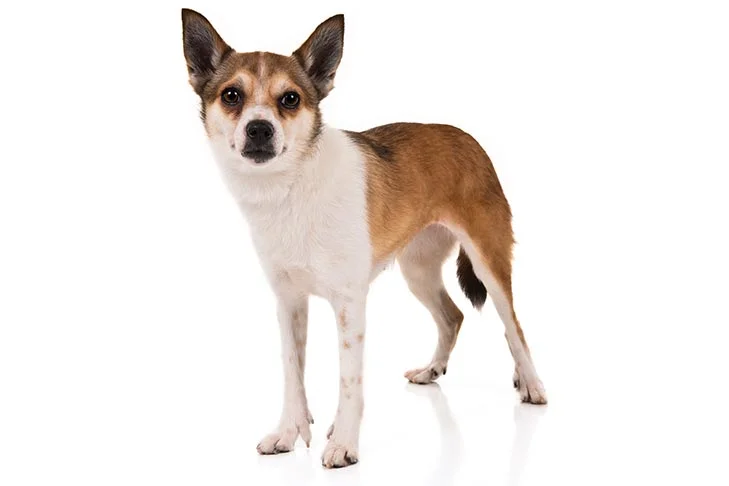The only dog breed developed specifically for the task of puffin hunting is the Norwegian Lundehund, which originates from the rocky island of Vaeroy in Norway. Since puffins are now a protected species, the Lundehund of today is a sociable, active companion.
Lundehunds initially have the appearance of a typical northern breed: a spitz with triangular ears, a curved tail, and a thick double coat. But a closer examination reveals several distinctive qualities. They have ‘elastic necks’ that can curve back so the head contacts the spine, ears that fold shut, and flexible shoulders that allow forelegs to stretch to the side, perpendicular to the body. Their feet include at least six functional toes and extra paw pads. The final abnormality causes the breed’s recognizable “rotary” gait.




 Health
Health Grooming
Grooming Exercise
Exercise Training
Training Nutrition
Nutrition